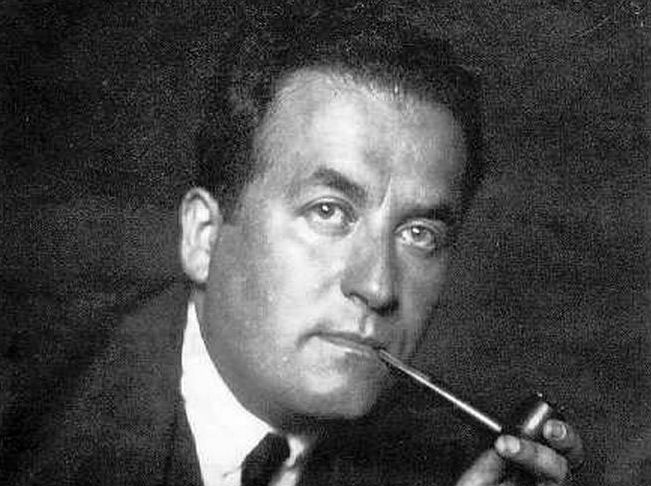
Patron
Seeing himself as a Jewish Medici, Schocken spent decades supporting and financing writers and scholars. His work as a patron began during World War I, when he financed the literary magazine Der Jude, edited by the Jewish philosopher Martin Buber. He also published Buber’s translation of the Bible, from Hebrew to German. Schocken’s patronage quickly expanded to include the young scholar Gershom Scholem, and the novelist S.Y. Agnon, future Nobel Prize laureate.
One of Schocken’s objectives was to publish Hebrew books in the German language, and make the Jewish culture accessible to German readers. In the process of pursuing this project in the teeth of the Nazi regime, the Schocken publishing house in Berlin became a literary refuge for Jewish writers who were rejected by all other German publishers.
Following their expulsion from Germany during the late 1930’s, Schocken supported many Jewish writers and artists, including the poets Else Lasker-Schüler and Karl Wolfskehl. Much of Schocken’s literary philanthropy flowed through the Institute of Hebrew Poetry and the Institute for Jewish Mysticism which he established in the Schocken Library in Jerusalem. Through these institutes, a generation of refugee scholars received stipends, material support, and an inspiring workspace surrounded by 60,000 books – One of the most important Judaica collections in the world. The library was designed by the avant-garde architect Erich Mendelsohn, another acclaimed figure whose support from Schocken proved invaluable.
Schocken’s far-flung literary and cultural activities were inspired by his early reading of the German poets Heine and Goethe, who emphasized personal empowerment through spiritual growth. He was also deeply influenced by The Civilization of the Renaissance in Italy, a book written by the historian Jacob Burckhardt. Schocken realized that as much as he admired literary and artistic expression, he was not cut to become an important poet, writer, or painter. He resolved to use his business genius to to leave an indelible mark on the world of art and culture as a generous facilitator and benevolent patron.